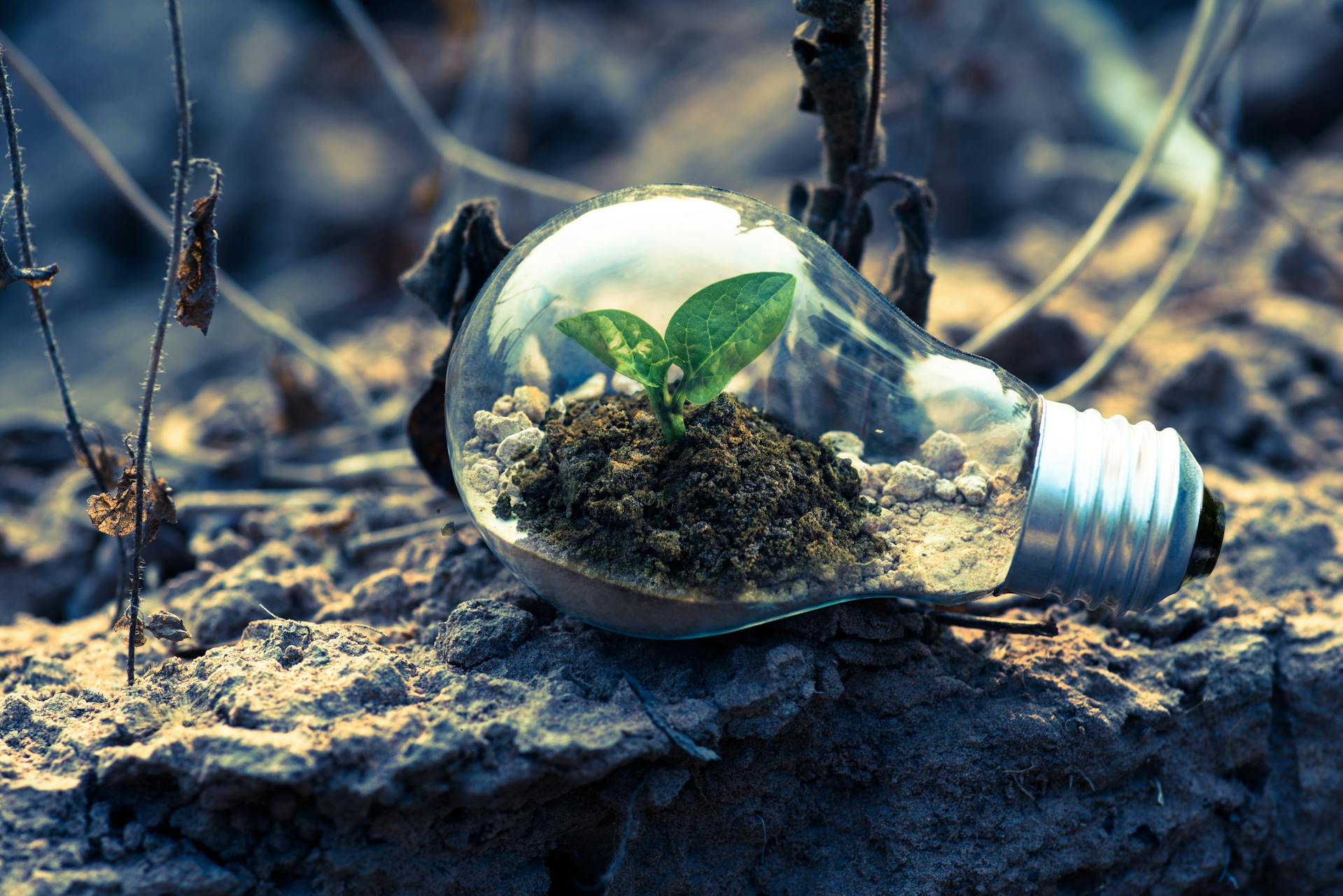The Green New Deal was first coined in a New York Times opinion article by Pulitzer Prize-winner Thomas J. Friedman. The evidence of the climate crisis was starting to gain recognition by politicians (2007 being one of the hottest summers on record). [1] We have since then seen more sweltering heat that cannot go unnoticed. The climate challenges that not only the United States faces, but the entire world, calls for a solution that may not be so easy after all. The evidence of temperature changes alone is too overwhelming to ignore across the globe. Out of this scientific evidence and the need for action, the idea of a Green New Deal was born.
What are the Main Provisions of the Green New Deal?
The resolution as presented in Congress calls for a 10-year national mobilization. It is very detailed and requires a lot of action from various segments of the U.S government. It proposes a timeline of 10 years to create action for climate change. This mobilization of the Green New Deal requires specific goals and projects. While the Green New Deal is rather complex, here are the main provisions listed in order as they appear on the bill. [2]
- Develop resilience against climate change disasters by providing investments for community projects.
- Repair and upgrade infrastructure in the United States.
- Eliminate pollution and greenhouse gas emissions.
- Guarantee universal access to clean water.
- Ensure that 100% of the power demand in the United States is through clean and zero-emission energy sources.
- Expand and upgrade renewable power sources.
- Build energy-efficient power grids and ensure affordable access to electricity.
- Upgrade all buildings in the United States to achieve maximum energy efficiency.
- Growth in clean manufacturing by removing pollution and greenhouse gas emissions.
- Remove pollution and greenhouse gas emissions from the agricultural sector.
- Universal access to sustainable and healthy food.
- The overhaul of transportation systems to remove pollution and greenhouse gas emissions.
- Land preservation and afforestation.
- Restore and protect threatened, endangered, and fragile ecosystems.
- Clean up existing hazardous waste and abandoned sites.
- Promote the international exchange of technology, expertise, products, funding, and services, with the aim of making the United States the international leader on climate action.
- Ensure the Federal Government takes into account the complete environmental and social costs and impacts of emissions.
- Provide resources, training, and high-quality education, including higher education, to all people of the United States, with a focus on frontline and vulnerable communities, so that all people of the United States may be full and equal participants in the Green New Deal.
- Make public investments in the research and development of new clean and renewable energy technologies and industries.
- Direct investments to spur economic development.
- Create high-quality union jobs.
- Guarantee a job with a family-sustaining wage, adequate family and medical leave, paid vacations, and retirement security to all people of the United States.
- Enact and enforce trade rules, procurement standards, and border adjustments with strong labor and environmental protections.
- Obtain the free, prior, and informed consent of indigenous peoples for all decisions that affect indigenous peoples and their traditional territories.
- Provide all people of the United States with high-quality health care, affordable, safe, and adequate housing, economic security, clean water, clean air, healthy and affordable food, and access to nature.
If you would like to read the entire Green New Deal, you can view it here by clicking this link: https://www.congress.gov/116/bills/hres109/BILLS-116hres109ih.pdf.
3 Takeaways You need to Know
The Green New Deal is comprehensive and requires a lot of moving parts to be in place before climate action can happen. Here are the three main takeaways you need to know about this resolution. [3]
- Firstly, this ambitious solution calls for an energy revolution. This means 100% of the power in the U.S. must come from energy-efficient sources. Eliminating fossil-based systems like coal, natural gas, and oil will require action from the Federal Government.
- Secondly, investing in large scale infrastructure is a key focus of the bill. This will require a massive overhaul of transportation in the U.S. to make sure it eliminates pollution.
- Lastly, the Green New Deal calls for the creation of new climate policy. The ideal climate policy includes helping communities and ensuring every American has a job, affordable housing, and access to healthy food.
What is the Energy Transition?
The energy transition, relevant to the Green New Deal, means a shift from fossil-based systems of energy consumption to renewable energy sources. This transition eliminates oil, natural gas, and coal methods of energy production. Instead, it focuses on energy sources like wind and solar. [4]
How does it Affect You?
The Green New Deal focuses mainly on the well-being of communities across the United States. The changes one would expect to see from the Green New Deal are long-term changes that would be implemented over time. The plan is one that could create long-lasting climate changes for the better.
How much will it Cost?
The costs for the Green New Deal are expensive. Although the bill requires more involvement from the Federal Government, it does not mention how it will be paid for. Supporters argue that such changes are necessary and will pay for themselves over the years. Here is a summary of a few of the costs listed between the years 2020 through 2029. [5]
- Low-carbon electricity grid: estimated cost $5.4 trillion
- Net-zero emissions transportation system: estimated cost $1.3 trillion to $2.7 trillion
How can You make a Difference?
The introduction of the Green New Deal has, without a doubt, opened up a global conversation about climate change. While the resolution is highly ambitious, it does bring up several key points about challenges in our environment. Whether you support the Green New Deal or not, small changes can be made every day to improve the environment we live in. The goal here is the preservation of our society for future generations. If you would like to see how you can personally make a difference, visit our carbon calculator to see how much of an impact you can make on the environment. Use our free carbon footprint calculator to measure your carbon footprint today!
Brought to you by terrapass.com
SOURCES:
- DSouza, Deborah. “The Green New Deal Explained.” Investopedia, Investopedia, 4 Dec. 2019, www.investopedia.com/the-green-new-deal-explained-4588463.
- United States, Congress, Cong. House, 116Th, et al. 0AD. House of Representatives Congress, 109th session, resolution.
- Sauer, Natalie. “Seven Take-Aways from the Green New Deal Launch.” Climate Home News, Climate Home, 8 Feb. 2019, www.climatechangenews.com/2019/02/07/six-take-aways-green-new-deal/.
- “What Is Energy Transition?” What Is Energy Transition? | S&P Global, www.spglobal.com/en/research-insights/articles/what-is-energy-transition.
- Ceidotorg. “How Much Will the Green New Deal Cost Your Family?” Competitive Enterprise Institute, 26 Feb. 2019, cei.org/blog/how-much-will-green-new-deal-cost-your-family.







